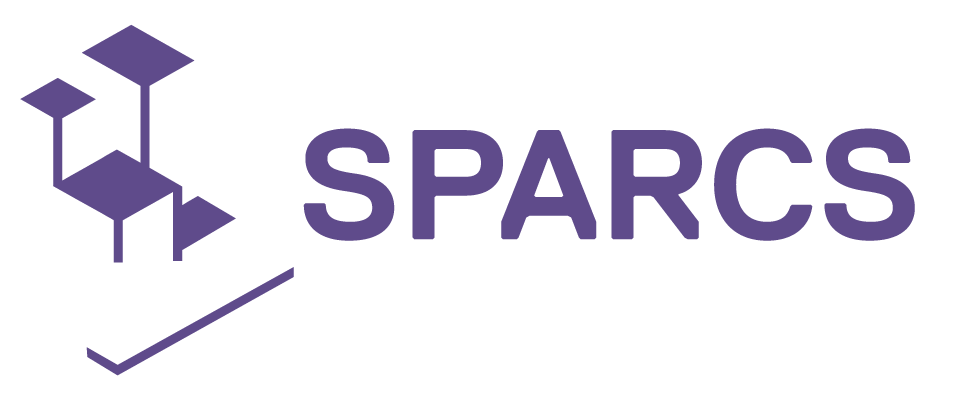

Objective: The conflict resolution conference is a participation format in which heterogeneous viewpoints of different interest groups become transparent in a multi-stage process. During the dialogue process, potential solutions are identified resulting in a final report providing recommendations to political decision-makers for further action. A conflict resolution conference aims at resolving conflicts between different interest groups with the involvement of the public and expert opinions. The goal of the process is to develop a solution that is accepted by all stakeholders and can be implemented professionally.
Preparation: The affected stakeholders elect approximately five representatives to take part in the process. These elected individuals are expected to take the heterogeneity of the stakeholders in consideration in terms of age, gender and socio-economic background. In addition, the implementation of the conflict resolution conference requires an independent and experienced organization as well as moderation team.
Process: The method is divided into four consecutive work phases.
The first phase focuses on the opinions, ideas and wishes of the different interest groups. It is important to establish rules in advance and in coordination with the moderation team concerning the whole interaction process. This shall ensure that people treat each other with respect even in conflict situations. This phase concentrates on exchanging the existing divergent views: representatives of every conflicting party present their positions and accordingly familiarize themselves with those of the other actors involved. In this way, all conflict aspects can be revealed and collected. The differing views are then being prioritized according to their relevance by all present interest groups.
In the second working phase, the conflict is examined by independent experts. Their expertise helps enrich the knowledge of all those involved. Unlike in the first stage, this phase is open to the public. In this way, interested citizens can also participate, express their opinions and pose the experts questions.
The third step's purpose is to find a solution. At first, participants are called to select a particular decision-making procedure - such as consensus-building, voting or compromising. Following, every interest group begins putting together solution proposals for all identified aspects of the conflict. This is done individually for each conflict point and is based on the prioritization made in the first working phase. Then, two representatives from each stakeholder group join a table and present their proposed solutions to the other participants. With the aid of the moderation team, potential solutions are then identified based on the proposals. In this way, all relevant aspects of a conflict are dealt with and addressed one after the other. In the best case scenario, the procedure leads to a consensual result. Regardless of the outcome, all solution proposals are collected in a final report.
In the final phase, the report summarizing all processed points is being presented to both the public and the political decision-makers (www.bipar.de).
The method was developed by Dr. Peter Patze-Diordiychuk. He is the contact person for the citizens' portal 'Regierungspräsidium Freiburg' and chairman of the 'Akademie für lokale Demokratie'. The complete presentation of the method can be found on this website, https://www.lokale-demokratie.de/methode/konfliktloesungskonferenz/. The method of the conflict resolution conference has also been published in the method handbook Bürgerbeteiligung Band 2, (2017) by P. Patze-Diordiychuk, J. Smettan, P. Renner and T. Föhr (eds.).
| Participation level | Target groups | Number of participants | Duration/Timeline | Implementation | Frequency | Budget |
|---|---|---|---|---|---|---|
| Consultation | Any | Up to 100 | Up to a week | Live event | More than one event | High |